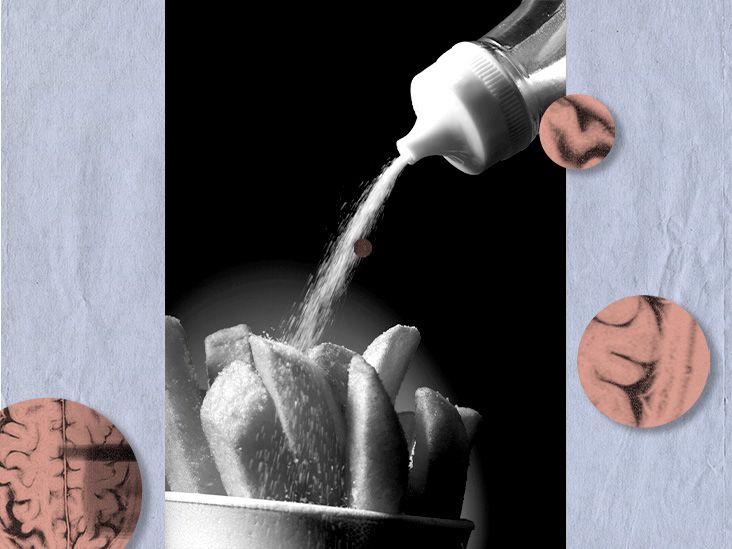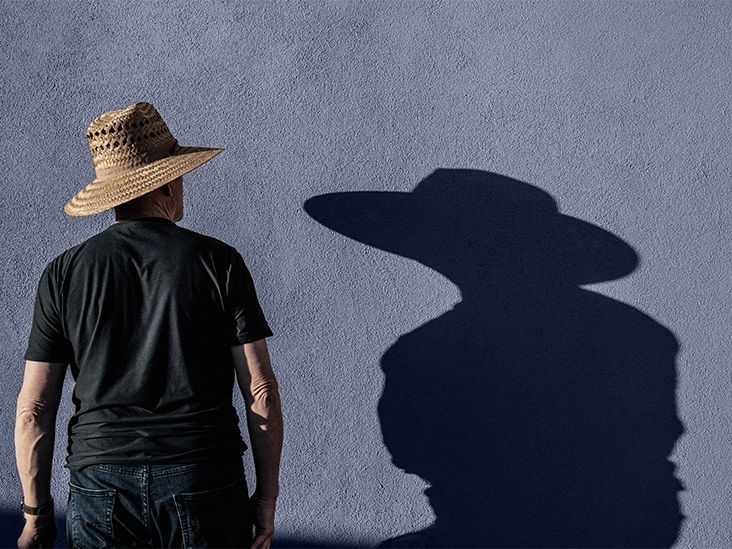Scoliosis can cause upper or lower back pain in some people, although the pain is typically mild. In many cases, the pain may be due to an underlying issue, such as degenerative disk disease.
Scoliosis most often affects adolescents. It may cause the spine to curve sideways with a C- or S-shaped bend. While
This article examines whether scoliosis causes back pain, other symptoms, and upper versus lower back pain. It also looks at treatment for scoliosis back pain and how to help prevent it from worsening.

Scoliosis can cause back pain. The pain is
Scoliosis may cause pressure on the vertebrae and joints of the spine, or it may strain or irritate nerves and joints, leading to inflammation and pain. Scoliosis can also affect a person’s posture, which may fatigue or tighten muscles and cause pain. Degeneration, or wear and tear, of the spine and joints may cause scoliosis back pain in adults.
Research has found that the size of the curve in a person’s spine does not necessarily correlate with back pain. However, curves in the lower back tend to produce pain more often than curves higher up the spine.
Studies have found different incidences in reports of scoliosis back pain in adolescents, including:
- One
studyTrusted Source found that 23% of adolescents with scoliosis had back pain at the time of their diagnosis, and a further 9% developed back pain after being initially pain-free. - In
another studyTrusted Source comparing adolescents with scoliosis to control participants, researchers did not find a significant difference regarding back pain.
Back pain, especially lower back pain, is common among the general population and may have a variety of causes besides scoliosis. This is also true for adolescents. Research shows that 30% of adolescent girls and 26% of adolescent boys experience lower back pain, and 11% of adolescents experience chronic back pain.
Researchers suggest that this pain may have multiple causes, including lifestyle factors, spinal posture, mental health, and other health issues, such as obesity. Scoliosis may be responsible for some cases of back pain, although it is difficult for researchers to determine how many.
Back pain is one of the main problems in adults with scoliosis. However, there are also many other potential causes,
- sprain or strain
- degenerative disk disease
- spondylolisthesis, a condition in which a vertebra slips out of position
- fibromyalgia
- myofascial pain
Many people with scoliosis do not experience pain or other symptoms. A person may notice a change in posture or other signs and symptoms,
- A person may appear uneven at the top of the shoulders, as if they are listed to one side.
- One shoulder blade may be more prominent than the other.
- When bending forward, a person may notice one side of the rib cage is higher than the other.
- One hip may be higher than the other.
- The head is off-center and not in line with the pelvis.
- The skin of the spine may be dimpled, hairy, or uneven in color.
- If the curve of the spine is severe, a person may experience breathing difficulties.
When scoliosis affects the thoracic area, near the middle of the spine, it can cause changes to a person’s shoulders, rib cage, and chest. This may result in pressure or changes in posture, which could contribute to pain in the upper back and neck.
In adolescents with scoliosis, the most common type of curve is a right thoracic, left lumbar S-shaped curve. Those who experience pain may feel it in the lower back, although the curve is not necessarily the cause of the pain. The Scoliosis Research Society notes that lower back pain is not uncommon among adolescents in general.
In adults with scoliosis, lower back pain is also more common than upper back pain and is typically degenerative, meaning it worsens over time.
In
Treatment for scoliosis back pain may include:
- Medication: A doctor may prescribe pain relief medications, such as nonsteroidal anti-inflammatory drugs (NSAIDs), or people can try over-the-counter options.
- Back braces: A back brace may relieve pain by supporting the spine.
- Spinal injections: A doctor may inject local anesthetic or steroids into the spine to provide pain relief.
- Physical therapy: Working with a physical therapist and performing exercises may help relieve back pain.
- Surgery: In severe cases, a person may require surgery to straighten the spine or relieve pressure on a nerve.
A person may be able to reduce their pain or help prevent it from worsening by using the following
- Stretching: A stretching program for scoliosis may help relieve symptoms and improve mobility.
- Acupuncture: Acupuncture may help manage chronic pain.
- Yoga: Yoga may help improve flexibility and manage chronic pain.
- Transcutaneous electrical nerve stimulation (TENS): A TENS unit sends small electrical impulses through electrodes that a person adheres to their skin. It may help relieve pain caused by scoliotic changes.
Scoliosis can cause back pain in adolescents and adults. In adolescents with scoliosis, back pain may be due to pressure on the joints, strain or irritation on the nerves and joints, or poor posture. In adults, scoliosis may be degenerative, meaning wear and tear on the joints, nerves, and soft tissue is causing pain.
Some people with scoliosis do not experience pain, and those who do typically experience mild back pain. Doctors may treat scoliosis back pain with medication, a spinal brace, physical therapy, spinal injections, and in severe cases, surgery.
Stretching, yoga, acupuncture, and TENS stimulation may help improve scoliosis back pain and prevent it from worsening.


